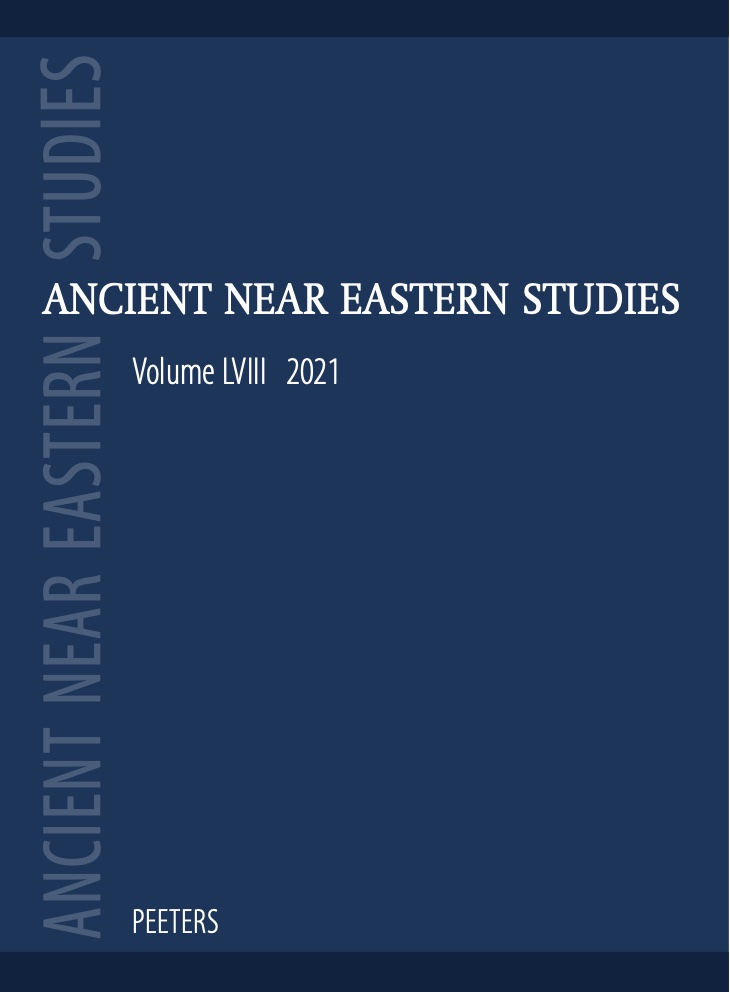 previous article in this issue previous article in this issue | next article in this issue  |

|
Document Details : Title: Bronze Age Lithics of Iran Subtitle: As Seen from Tepe Zarnaq in the North West Author(s): NOBARI, Alireza Hejebri , KAMRANI, Zahra Journal: Ancient Near Eastern Studies Volume: 54 Date: 2017 Pages: 103-120 DOI: 10.2143/ANES.54.0.3206237 Abstract : Excavations at Tepe Zarnaq in northwestern Iran were carried out in 2012 and led to the discovery of a rich site covering several periods: the Early Bronze and Iron Ages, then the Parthian, Sasanian and Seljuk eras. It is arguably one of the most important sites of the Kura-Araxes Culture in this region. The remarkable lithic assemblage of Tepe Zarnaq, a chipped stone industry, is discussed in this article. The artefacts are classified and studied from the typological and technological points of view. We observe specialised and domestic production. Flakes are the most common lithic, and bifacial invasive retouched blades and points were two specialised tools that have also been attested at other third millennium BC sites as well. In the early Chalcolithic and Bronze Ages, metal production was limited and did not bring about a decrease in the use of knapped stones. In fact, metal items were mainly limited to ornaments, instruments of war, or special vessels. Studying them in the period under discussion here can elucidate the status and application of metal early in its production and development. |
|
